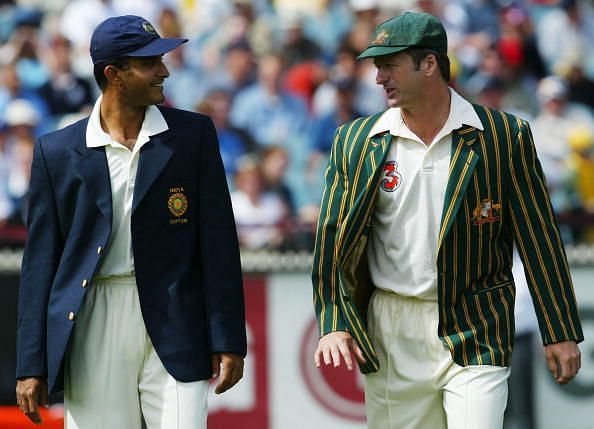
Why the 2003-04 series was India's best performance in Australia and not the 2018-19 one
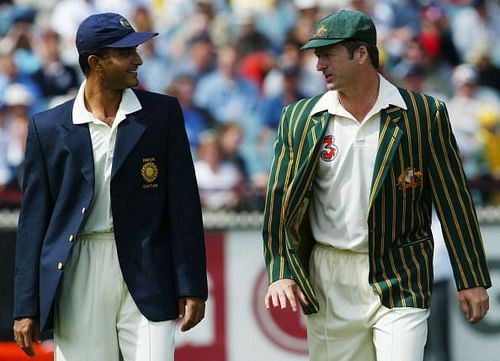
This assertion is going to annoy a lot of Indian fans, especially as it is being made just after the Indian team’s historic series win in Australia. But it is always good to temper euphoria with some sober consideration of facts.
Indian coach Ravi Shastri has already deemed this series win as a bigger achievement than the World Cup victory of 1983. Many are even describing it as the greatest triumph in the history of Indian cricket. But is it really?
Comparing a Test victory with a World Cup triumph is difficult due to difference in formats. So let us ask a more straightforward question – was India’s performance in the recently-concluded series the best ever by an Indian Test side Down Under?
Considering that this is the first time a Test series has been won over there, most respondents would unhesitatingly say ‘yes.’ This is where I present this provocative proposition: India’s performance in the 2003-04 Test series in Australia under Sourav Ganguly was better than their performance in this series.
That series was drawn while this one was conclusively won by India. Yet, a dispassionate look at the context and the circumstances would prove my argument.
Without further ado then, let’s look at the reasons why this series win by Virat Kohli’s side, while being historic, does not equal the efforts of the Indian team that achieved a 1-1 draw in 2003-04.
The quality of Australia's batting
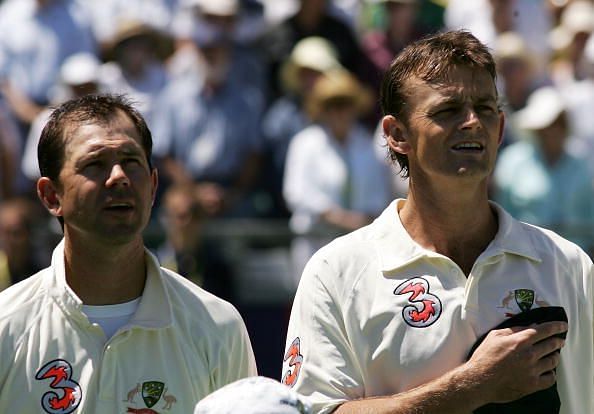
Anyone who saw the 2018-19 series would have been astounded by the vulnerability displayed by the Aussie batters. None of them scored a hundred, and none of them even looked capable of getting close to the three-figure mark.
Now compare this current line-up to the one India faced in 2003-04. Justin Langer, Matthew Hayden, Ricky Ponting, Damien Martyn, Steve Waugh and Adam Gilchrist were all part of the line-up. That batting order would send shivers down the spine of any modern-day bowling attack, and certainly did to bowlers of those days.
The best batsman in the current Australian batting line-up is supposedly Usman Khawaja, and he is far from being a consistent performer. The comparison of the batting strength of the two Australian teams is enough to show the massive disparity in the quality of teams that faced the Indians in the two series.
Yes, the Indian bowling attack of the present day is possibly the best that India have possessed at Test level. But their task was made easy by the very brittle nature of the Australian batting.
A team where Gilchrist comes out to bat at No. 7 would have been a nightmare even for this bowling group.
The strength of the hosts’ bowling attack
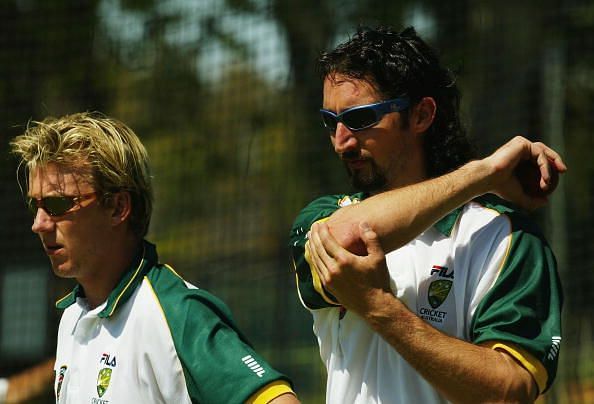
Here, it is important to mention that even in the 2003-04 series, the Indians didn’t face the full-strength Australian bowling unit. Both Glenn McGrath and Shane Warne were not part of the team, and Brett Lee also didn’t play all four Tests.
Yet, the depth of Australian talent was such that even without these bowlers they possessed an attack which had enough penetrative strength to trouble good batting line-ups. Stuart MacGill and Jason Gillespie, who played in that series, were top-quality exponents of leg-spin and seam bowling respectively.
Besides, Warne had failed in his previous attempts to make an impact against many of the Indian batsmen who were playing in this series. So his absence may not have been as big a factor as against other teams.
Now, the current Australian bowling attack is not bad either. Nathan Lyon is the greatest off-spinner in his country’s history and the trio of Pat Cummins, Josh Hazlewood and Mitchell Starc is very capable. But it is a fact that this Aussie attack has looked quite toothless since the sandpaper-gate scandal; Starc’s returns have especially been disappointing.
This has led to whispers that their previous incisiveness may have been due to more than their skills. Whatever the truth may be, it is evident that this bowling attack is a shadow of its former self.
Hence, it can be said without any doubt that the current Australian bowling pack isn’t better than the one India faced in 2003-04. Yet, India’s batsmen had scored big and posted record totals against the Steve Waugh-led team.
The absence of Steven Smith and David Warner
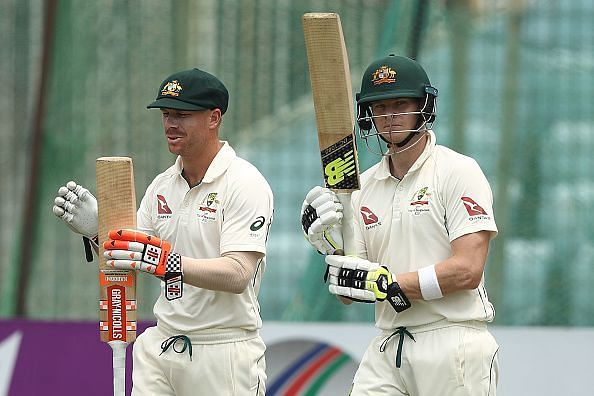
The big ‘what if’ question from this series is: would the result have been different if David Warner and Steven Smith were part of the hosts’ team?
Considering the splendid records of both these batsmen in home conditions, it is hard to say that it would have been the same. Two prolific batsmen don’t just contribute through the runs they score. By putting pressure back on the bowlers and absorbing their most severe attack, they pave the road for the success of other batsmen.
It is not hard to understand that when two top batsmen are in a team, bowlers have to spend a considerable amount of energy to get them out. Hence, other batsmen don’t always have to face these bowlers in prime condition.
Also, since partnerships are very important, having a top batsman like Smith at one end greatly eases the task of the one batting with him.
Warner and Smith were missed sorely not only because of their individual averages but also because of the domino effect on other members of the line-up. The likes of Marcus Harris, Shaun Marsh, Khawaja and even Tim Paine would have been more capable with the assistance of these two stalwarts.
India, therefore, benefited enormously from the absence of these two batsmen. If you look back at the last Ashes series, the contributions of Smith and Warner were pivotal to Australia’s success. This should not be forgotten while assessing the value of India’s victory.
Conclusion

In 2003-04, the Indian team faced a batting line-up studded with all-time greats and a bowling attack filled with highly capable men. Compared to that, Kohli’s men in 2018-19 faced a mediocre (at best) batting unit that couldn’t produce a single hundred and bowlers who, apart from Lyon, seemed to have only a fraction of their earlier effectiveness.
This in no way suggests that India’s achievement under Kohli is not monumental. The team produced an incredible performance and the efforts of Pujara and Bumrah on this tour would certainly become part of Indian cricket’s folklore.
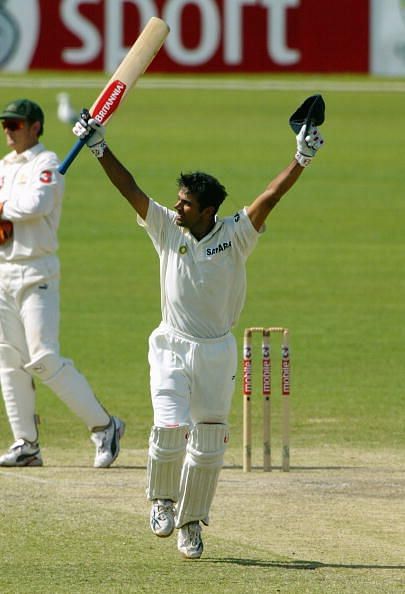
Yet, Ganguly’s men were able to earn a drawn series against one of the greatest Test teams of all time. At that time the Australians were invincible at home, and nearly unbeatable everywhere else in the world too. The fact that India not only drew the series but came tantalizingly close to winning it has to be regarded as one of Indian cricket’s finest hours.
The big runs scored by the Indian batsmen in 2003-04 along with the brilliant efforts of the bowlers against a formidable batting line-up was inspiring for every Indian fan. If Ganguly had enforced the follow-on at Sydney in 2004 when he had the option to, he would have been the first captain to do so since 1988, and not Kohli. This is another testament to that team’s greatness.
So let’s celebrate this maiden series win in Australia and shower praises on the current generation. But let's not get carried away and forget what the Ganguly-led team achieved all those years ago.